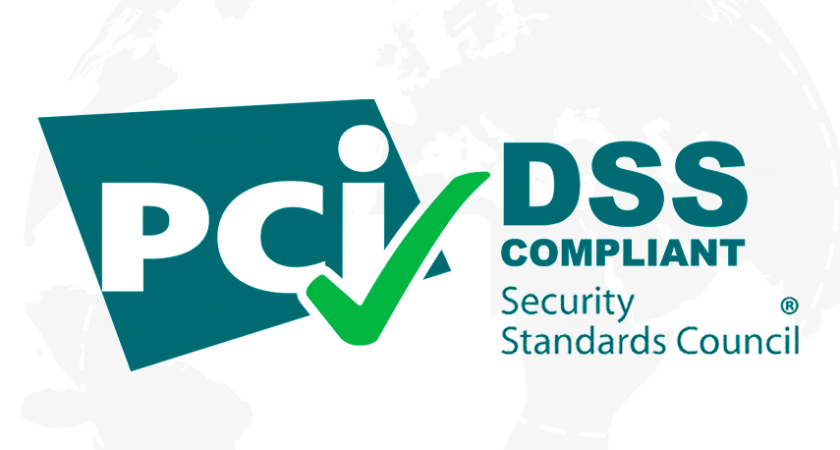As a PCI-DSS Compliance Head, you are responsible for ensuring that your organization consistently meets and maintains the Payment Card Industry Data Security Standard (PCI DSS). This requires mastery not only in regulatory interpretation but also in key technical domains that affect cardholder data security.
Here’s a breakdown of the core technical areas you should master:
🔐 1. Network Security Architecture
- Firewalls, DMZs, VLANs: Segmentation of the Cardholder Data Environment (CDE)
- Network diagrams: Understand and maintain them for audit readiness
- Segmentation testing: Tools and methodologies (e.g., Nmap, Nessus, manual validation)
- Egress filtering and ACLs: Controlling data flows in/out of the CDE
Related PCI DSS Requirements: 1.1 – 1.5
🔐 2. Encryption & Key Management
- Strong encryption standards (e.g., AES-256, TLS 1.2+)
- Key management procedures (dual control, split knowledge, rotation policies)
- Data encryption in transit and at rest
- P2PE and tokenization strategies
Related PCI DSS Requirements: 3.4 – 3.6, 4.1 – 4.2
👤 3. Identity & Access Management (IAM)
- Least privilege principle & role-based access control (RBAC)
- Strong authentication (MFA, password complexity, account lockout policies)
- Access provisioning and de-provisioning workflows
- Logging and monitoring user activity
Related PCI DSS Requirements: 7.1 – 8.3
🔍 4. Logging, Monitoring & SIEM
- Centralized log management (e.g., SIEM like Splunk, QRadar, ELK)
- Log retention and protection
- Correlation rules to detect suspicious activity
- Alerting and incident response tie-ins
Related PCI DSS Requirements: 10.1 – 10.7
💣 5. Vulnerability Management & Patch Management
- Regular internal/external vulnerability scans (e.g., Nessus, Qualys)
- Approved scanning vendor (ASV) scans
- Patch management lifecycle
- Threat intelligence integration
Related PCI DSS Requirements: 6.1 – 6.6, 11.2 – 11.3
🧪 6. Penetration Testing & Red Teaming
- Annual pen testing and after significant changes
- Methodologies (OWASP, PTES, NIST SP 800-115)
- Scope management (entire CDE and segmentation validation)
- Remediation and re-testing
Related PCI DSS Requirements: 11.3
📦 7. Secure Software Development (SDLC)
- Secure coding standards (e.g., OWASP Top 10)
- Code review and static analysis tools (e.g., SonarQube, Fortify)
- DevSecOps integration for PCI-sensitive applications
- Change management controls
Related PCI DSS Requirements: 6.3 – 6.6
🧩 8. Endpoint & Malware Protection
- Anti-virus and EDR solutions for systems interacting with cardholder data
- System hardening standards (CIS benchmarks, DISA STIGs)
- Policy enforcement for removable media, USBs, etc.
Related PCI DSS Requirements: 5.1 – 5.4
📡 9. Secure Remote Access & Teleworking
- VPN security, split tunneling controls
- Multi-factor authentication for administrators
- Jump servers or bastion hosts
- Endpoint compliance checking
Related PCI DSS Requirements: 8.3, 12.3
🔄 10. Incident Response & Forensics Readiness
- Incident response playbooks
- Forensic logging enablement
- Post-incident review
- Tabletop exercises and testing
Related PCI DSS Requirements: 12.10 – 12.10.6
📚 BONUS: Regulatory & Audit Readiness Knowledge
- How to build and maintain a PCI DSS compliance program
- Understanding SAQs, RoCs, AoCs
- Dealing with QSA and PCI SSC audits
- Compensating controls and documentation standards
✅ Summary: Top Domains for a PCI-DSS Head
| Domain | Tools/Skills Needed |
|---|---|
| Network & Segmentation | Firewalls, VLANs, Routing, Pen Tests |
| Data Protection & Encryption | AES, TLS, Key Management, Tokenization |
| IAM & Access Controls | MFA, RBAC, AD, Identity Federation |
| Vulnerability Management | Nessus, Qualys, Patch Tools |
| Logging & Monitoring | SIEM, Syslog, Retention Policies |
| Application Security | SDLC, SAST/DAST, OWASP, Change Mgmt |
| Malware & Endpoint Defense | AV/EDR, Device Control, Hardening |
| Compliance & Audit Readiness | PCI documentation, SAQs, Compensating Controls |

